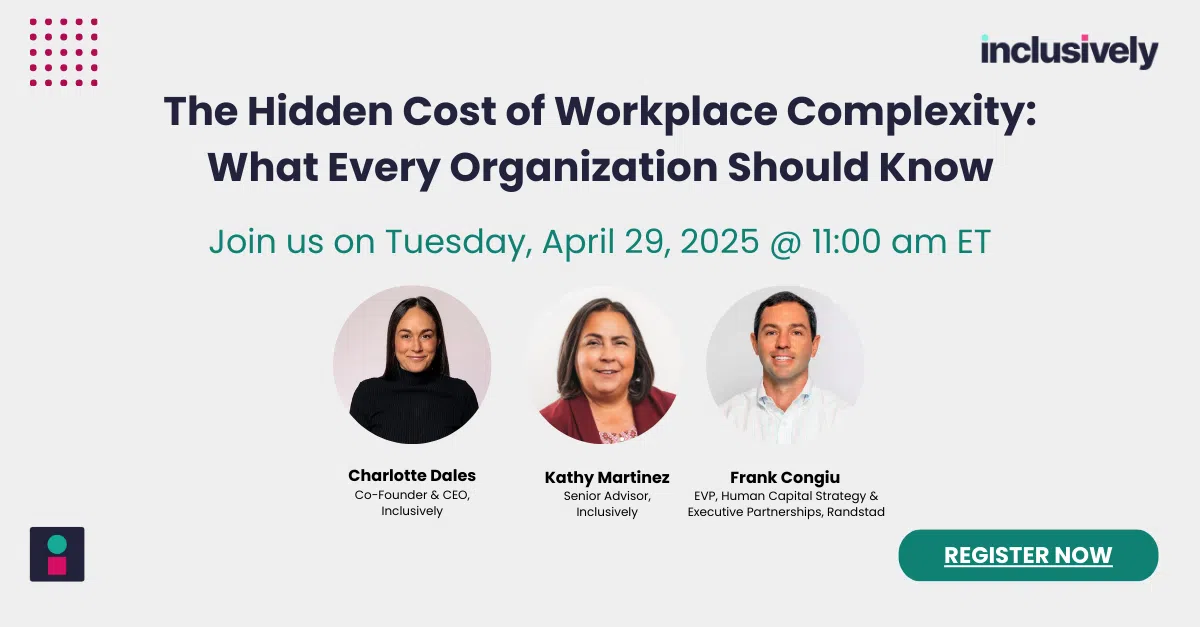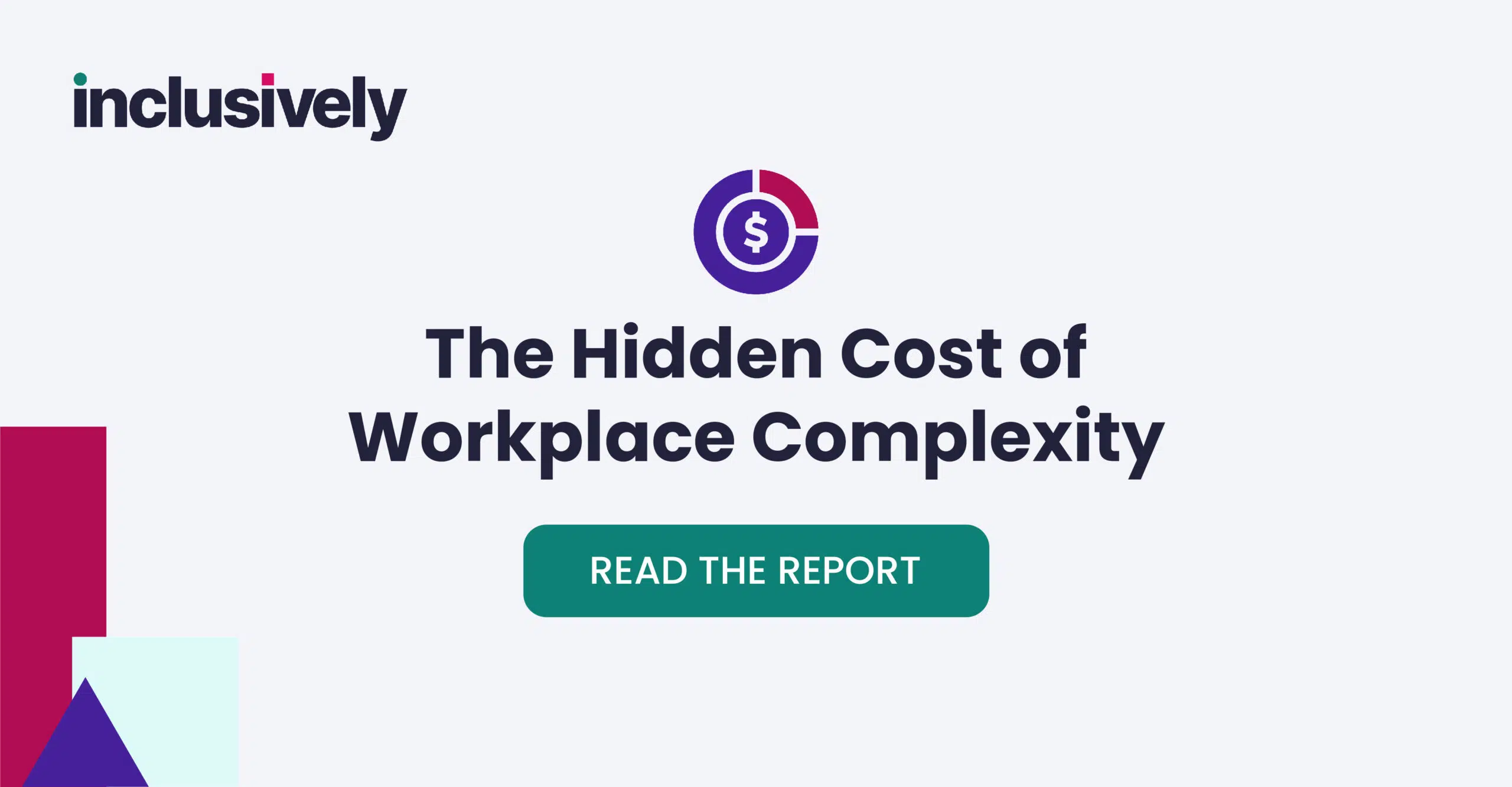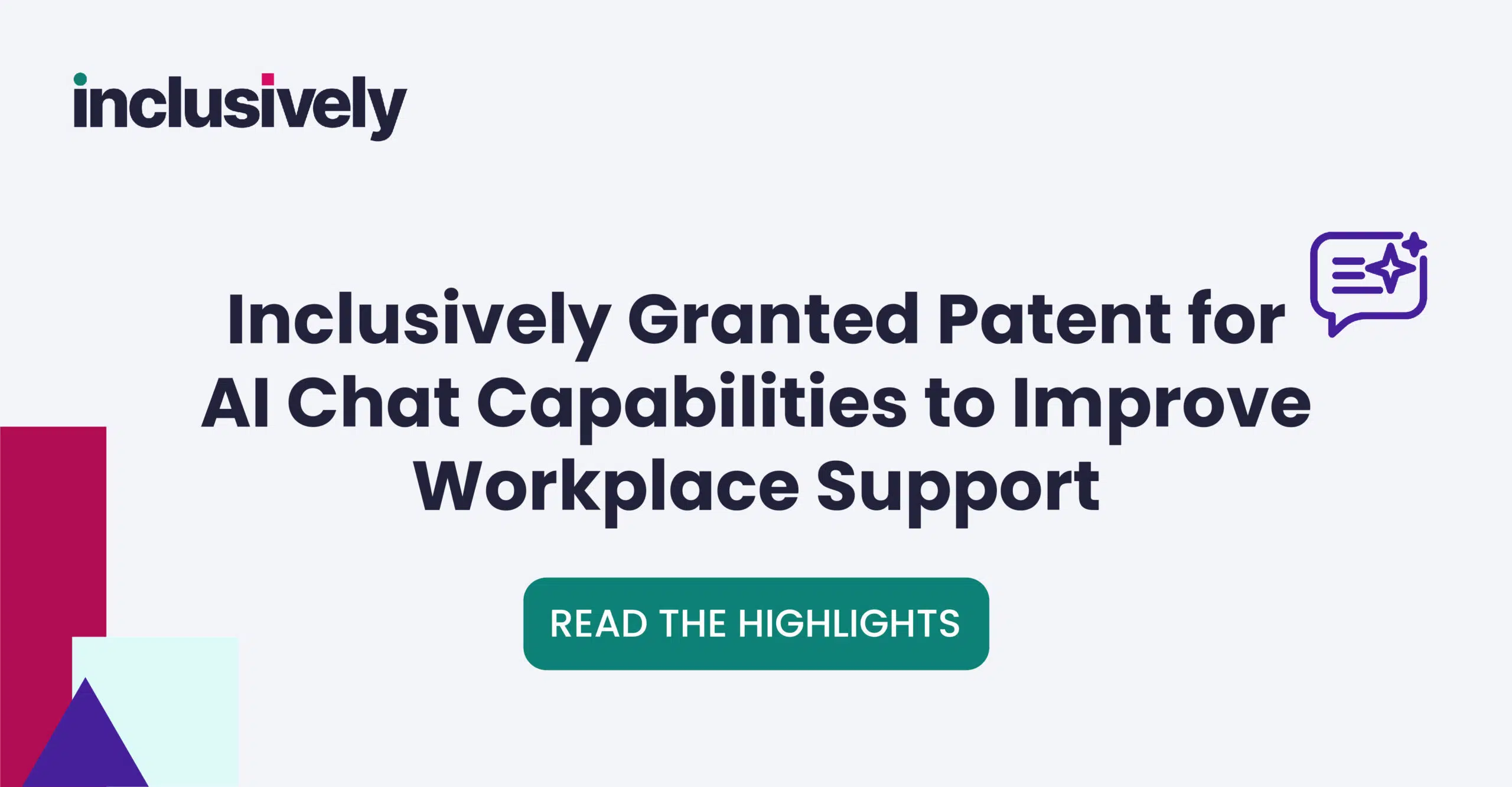Hint: They’re easier and cheaper than you think (Part 2 of 2)
In the last article in our series on Accommodations in the Workplace, we covered the fact that workplace accommodations originally grew out of the American Disabilities Act (ADA), which was signed into law in 1990. The landmark equal opportunity legislation requires that companies with more than 15 employees provide “reasonable” accommodations to those with “a physical or mental impairment that substantially limits one or more major life activities” to ensure that individuals with disabilities have equal access to jobs and economic opportunities.
As accommodations were originally compliance driven, many organizations placed the accommodations function within their legal or compliance departments, sometimes without a strong connection to Human Resources or hiring managers who are the front-line workers candidates interface with when applying for jobs. At many organizations this remains the case, leaving both HR organizations, employees and candidates without a strong framework within which to communicate around accommodations.
Job seekers and employees are hesitant to disclose
In addition to HR organizations not necessarily having the right tools to approach accessibility and accommodations, people with disabilities have historically been counseled by attorneys and even disability advocates to not disclose disabilities so as not to be discriminated against during the hiring process.
One study that sent mock job applications found that those who disclosed a disability (either spinal cord injury or Autism) received 26% fewer expressions of employer interest than applicants that did not include a disability disclosure. In another recent study, one third of survey respondents with disabilities indicated that they had experienced negative bias in the workplace such as feeling underestimated, insulted, excluded, or had coworkers appear uncomfortable because of their disability. So while job seekers with disabilities have reason to not disclose, non-disclosure means employees are left without the accommodations that will help them be productive and successful on the job, leading to lower engagement rates and higher attrition.
There’s more work to do
Even though self-disclosure rates of new hires have increased 25% over the last two years, overall disclosure rates in the workplace are still quite low, at just 5% of all employees. It’s time that employers move accommodations out of the compliance department and into Human Resources and Talent Acquisition. Bringing accommodations out of the shadows will ensure that employers gain access to the 14 million workers with disabilities currently being left out of the workforce due to exclusionary hiring practices.
Employers are intimidated by perceived costs and complexity
There is a common misconception that accommodations are expensive or complicated to implement. In reality this is simply not the case. An ongoing survey by the Job Accommodation Network, a service provided by the United States Department of Labor’s Office of Disability Employment Policy, has “shown the benefits these employers received from making workplace accommodations far outweigh the associated costs.” The survey found that 95% of accommodations cost less than $500 to implement, and 56% are entirely free. Such accommodations can include software that employers have already licensed, accommodating therapy appointments during work hours, and adjustments to communication structures.
At Inclusively, we are fortunate to get data and insights on accommodation requests from our tens-of-thousands-strong network of candidates, and have found top requested accommodations include remote work, a flexible schedule, periodic rest breaks, uninterrupted work time and coaching and mentorships — all of which are both free to implement and in many cases may benefit the entire workforce, not just those with disabilities.
References:
1. ADA National Network, Research Brief: Experience of Discrimination and the ADA.
2. HBR, The Case for Improving Work for People with Disabilities Goes Way Beyond Compliance, 2017.
3. Job Accommodation Network, Accommodation and Compliance: Low Cost, High Impact, 2020.
4. DisabilityIn & AADP, Disability Equality Index, 2021.
5. Center for American Progress, Removing Obstacles for Disabled Workers Would Strengthen the U.S. Labor Market, 2022.



